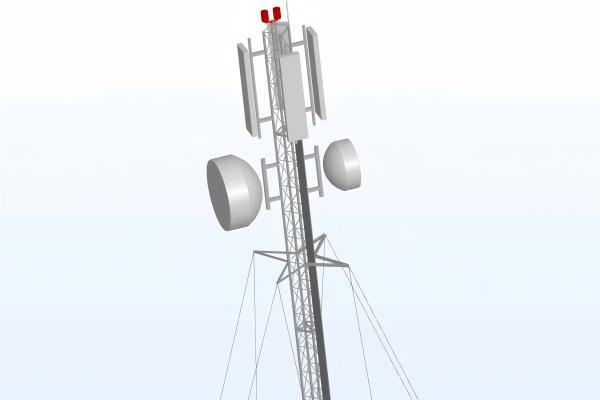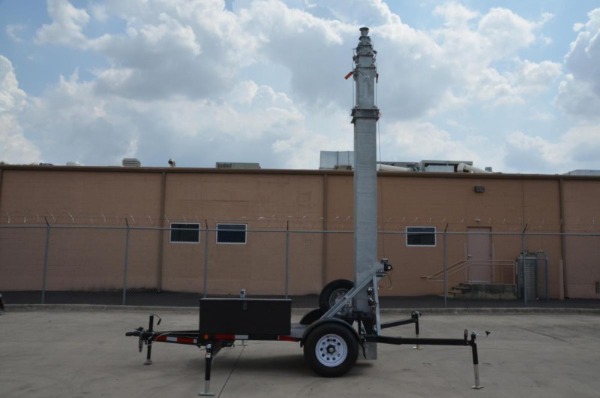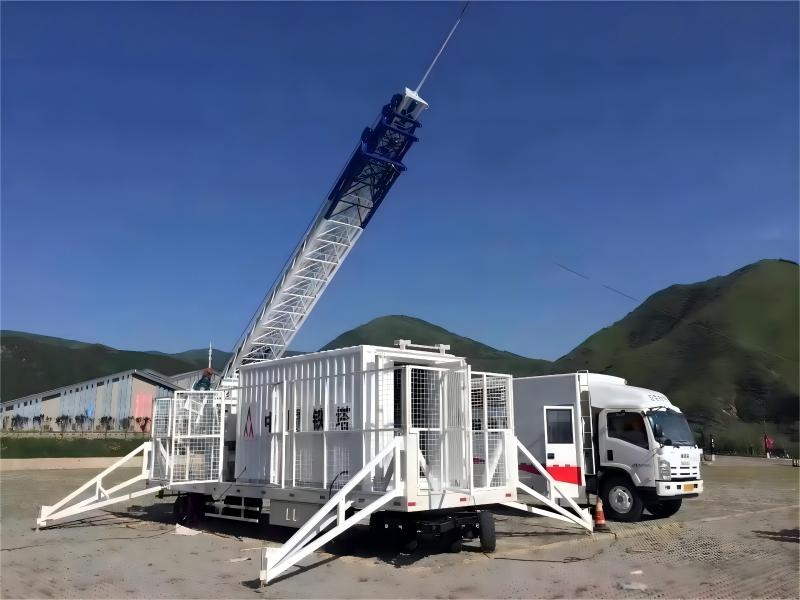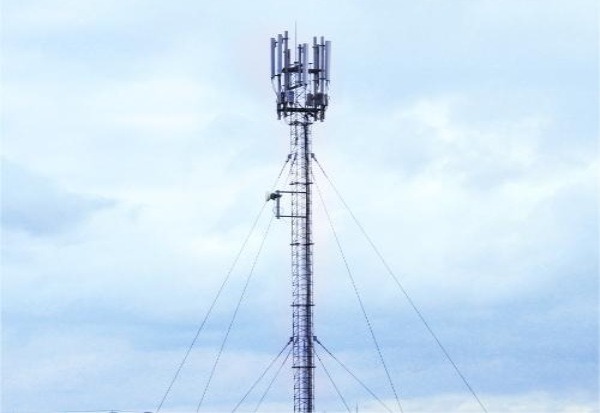Comparison of Guyed Wire Telecom Towers with Other Tower Types
Telecom towers vary in design, each suited to specific environments and requirements. Here's a structured comparison of guyed wire towers with other common types (lattice, monopole, stealth, and self-supporting towers):
1. Height Capacity
-
Guyed Wire Towers: Tallest (200–600+ meters), ideal for extensive coverage in rural areas.
-
Lattice Towers: Moderate height (60–200 meters), self-supporting with robust frameworks.
-
Monopoles: Shorter (30–60 meters), suited for urban/suburban areas.
-
Stealth Towers: Height-limited (similar to monopoles), prioritizing aesthetics over height.
2. Cost
-
Guyed: Lower material costs due to wire support but may incur higher land/installation expenses.
-
Lattice: Moderate cost, more material-intensive than guyed.
-
Monopoles: Higher cost per meter due to thick steel/concrete construction.
-
Stealth: Most expensive due to custom designs (e.g., faux trees).
3. Space Requirements
-
Guyed: Large footprint (anchor points extend 30–60% of height), unsuitable for dense areas.
-
Lattice: Moderate base area, no guy wires.
-
Monopoles: Minimal ground space, ideal for cities.
-
Stealth: Similar to monopoles, with added space for disguises (e.g., fake branches).

4. Installation & Maintenance
-
Guyed: Complex installation (anchoring wires), higher maintenance (wire tension, corrosion).
-
Lattice: Modular assembly, moderate maintenance (joint inspections).
-
Monopoles: Quick installation, low maintenance (simple structure).
-
Stealth: Installation varies; maintenance includes aesthetic upkeep.
5. Durability & Reliability
-
Guyed: Vulnerable to wire damage/vandalism; anchors may shift in soft soil.
-
Lattice: Highly durable in extreme weather (wind/ice).
-
Monopoles: Robust but height-limited; less wind-resistant at greater heights.
-
Stealth: Materials (e.g., fiberglass) may degrade faster than steel.
6. Applications
-
Guyed: Rural/remote areas, long-distance communication, broadcast.
-
Lattice: Broadcast, moderate-height cellular networks.
-
Monopoles: Urban cellular networks, small cells.
-
Stealth: Residential/Scenic areas (parks, historic sites).
7. Aesthetics & Zoning
-
Guyed: Least visually appealing; zoning challenges due to land use.
-
Lattice: Industrial appearance but less intrusive than guyed.
-
Monopoles: Slim profile, easier urban permitting.
-
Stealth: Blends into surroundings; preferred in sensitive areas.

8. Expandability
-
Guyed: Limited by wire tension; harder to modify.
-
Lattice: Easily expanded with additional antennas.
-
Monopoles: Limited capacity; may require replacement for upgrades.
-
Stealth: Design constraints limit expansion.
9. Environmental Impact
-
Guyed: Higher land disturbance for anchors.
-
Lattice/Stealth: Lower ecological impact (smaller footprint).
Summary Table:
| Feature | Guyed Wire | Lattice | Monopole | Stealth |
|---|---|---|---|---|
| Max Height | 200–600+ m | 60–200 m | 30–60 m | 30–50 m |
| Cost | Low (materials) | Moderate | High per meter | Highest |
| Space | Large (guy anchors) | Moderate base | Minimal | Minimal + aesthetics |
| Maintenance | High (wires) | Moderate | Low | Moderate-High |
| Durability | Moderate (wire risks) | High | High | Variable |
| Best Use | Rural, broadcast | Broadcast, cellular | Urban cellular | Scenic/Urban areas |

Conclusion: Guyed wire towers excel in cost-effective height for rural coverage but require significant space and maintenance. Monopoles and stealth towers prioritize urban aesthetics, while lattice towers balance durability and moderate height. The choice depends on height needs, budget, location, and visual requirements.
Learn more at www.alttower.com









